Samurai Portraits by Felice Beato
The Italian-British photographer immortalised a large number of these warriors as feudal Japan was coming to an end.
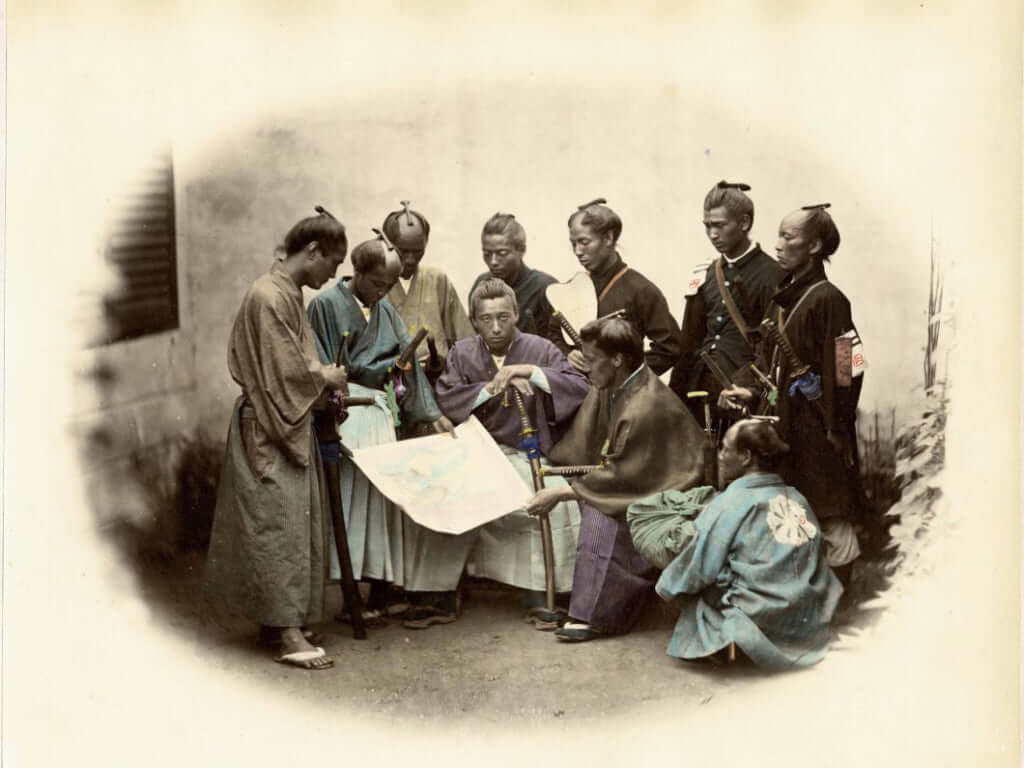
© Felice Beato
When Felice Beato arrived in Japan in 1863, the Japanese ports had just opened to international trade and foreigners living on Japanese soil were still few in number. The photographer-reporter, thanks to some valuable contacts in the Japanese army, had the opportunity to go to various regions of the country to capture the final hours of feudal Japan. But, while the Boshin War (1868-1869) was raging, Felice Beato continued his photography work in the studio, where he presented samurai and courtisans.
The samurai’s final moments
In these first Japanese portraits, samurai proudly appear, dressed in their armour and brandishing their swords. The photographs were then colourised by the photographer himself, a very common practice in the late 19th century. Felice Beato was one of the first to photograph the Far East, and also one of the few photographers to manage to immortalise the final years of the existence of these Japanese warriors. Indeed, five years later (1868), the Meiji restoration marked the end of feudalism. Carrying a sword was then forbidden to anyone outside the new national armed forces.
A pioneering figure in photography in Japan, Felice Beato had a great influence on his contemporaries and successors like the Austrian baron Raimund von Stillfried and the Italian Adolfo Farsari, as well as on Japanese photographers like Kusakabe Kimbei and Tamamura Kozaburo.
The majority of Felice Beato’s works can be viewed online, on the website of the Metropolitan Museum of New York.
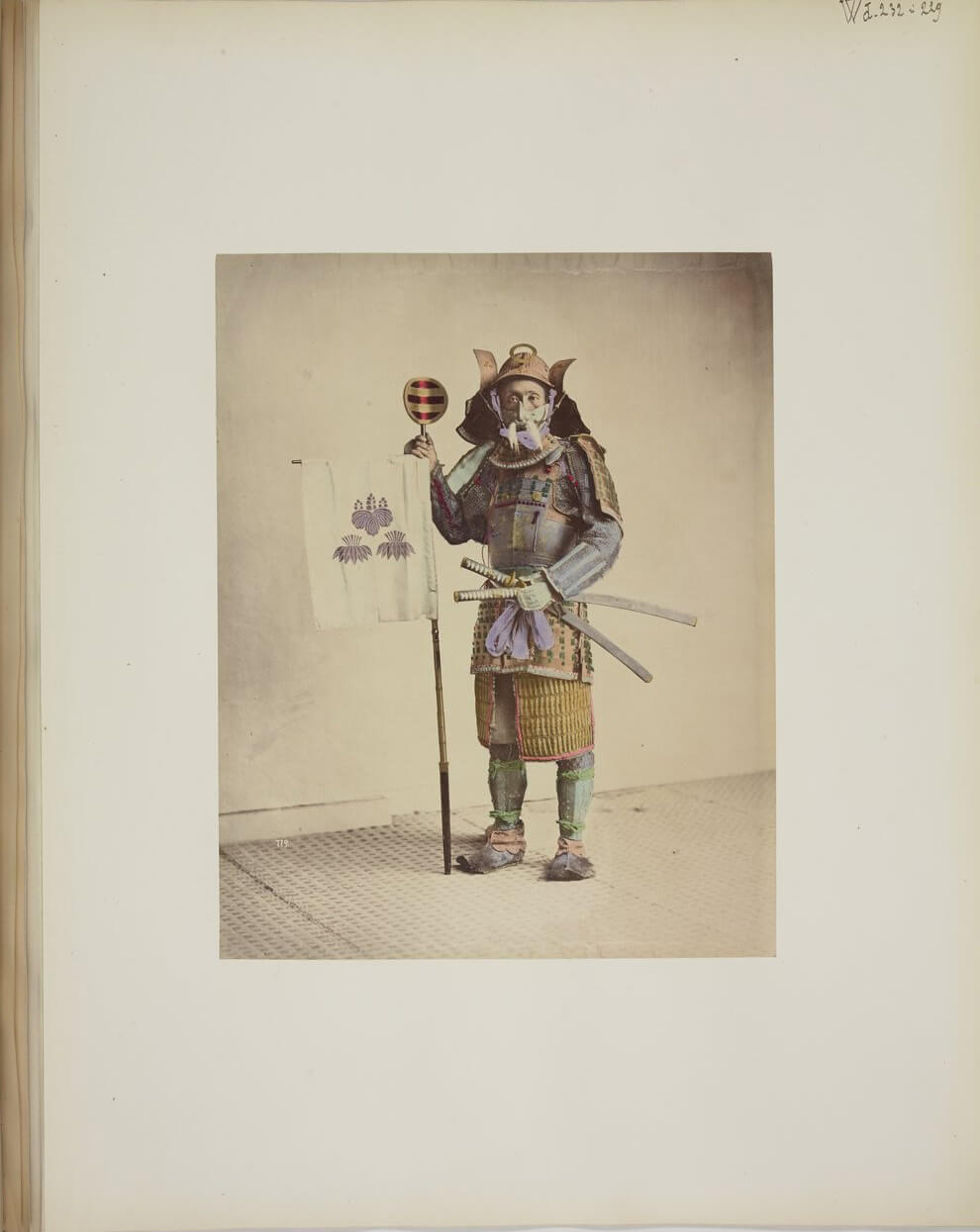
© Felice Beato
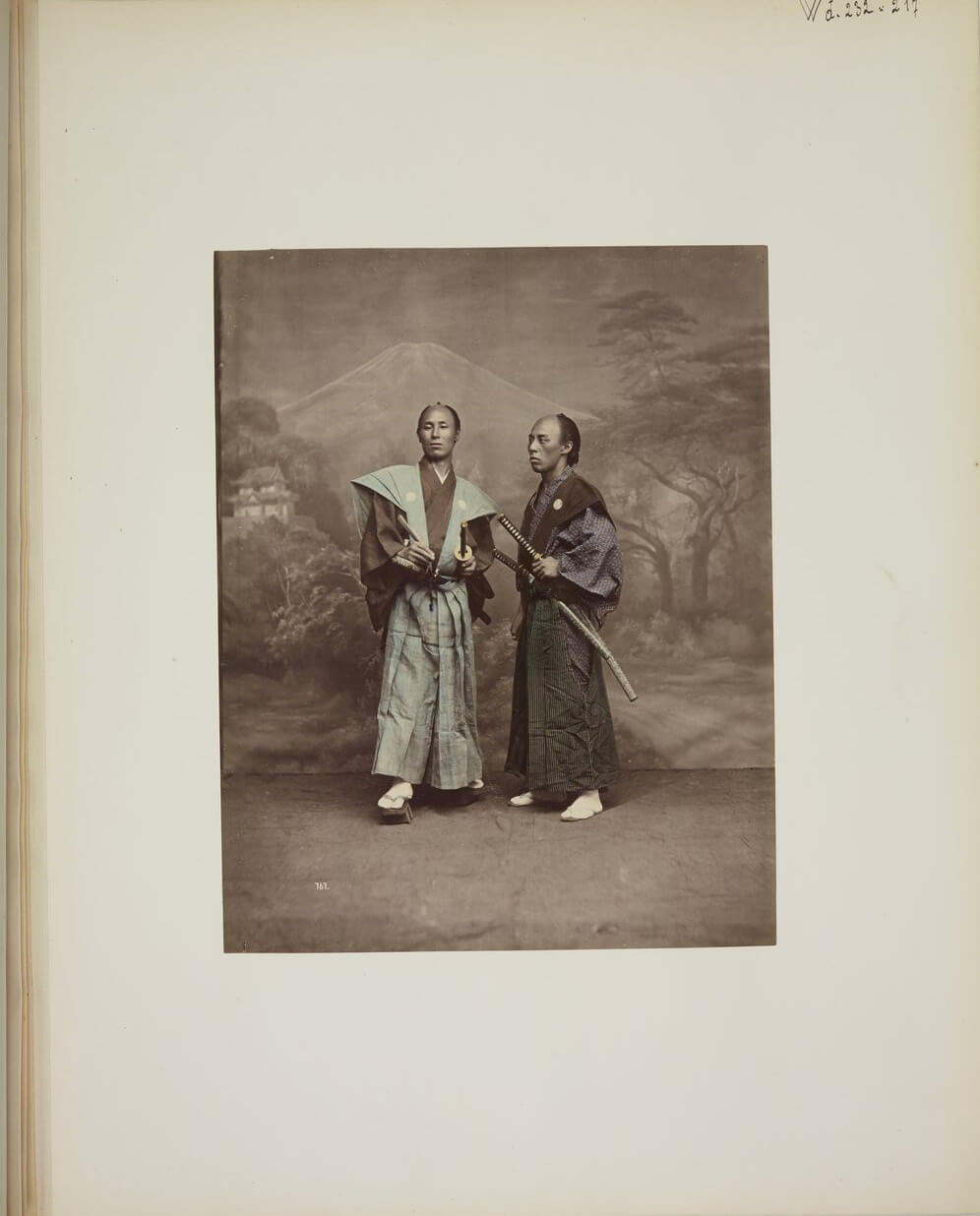
© Felice Beato
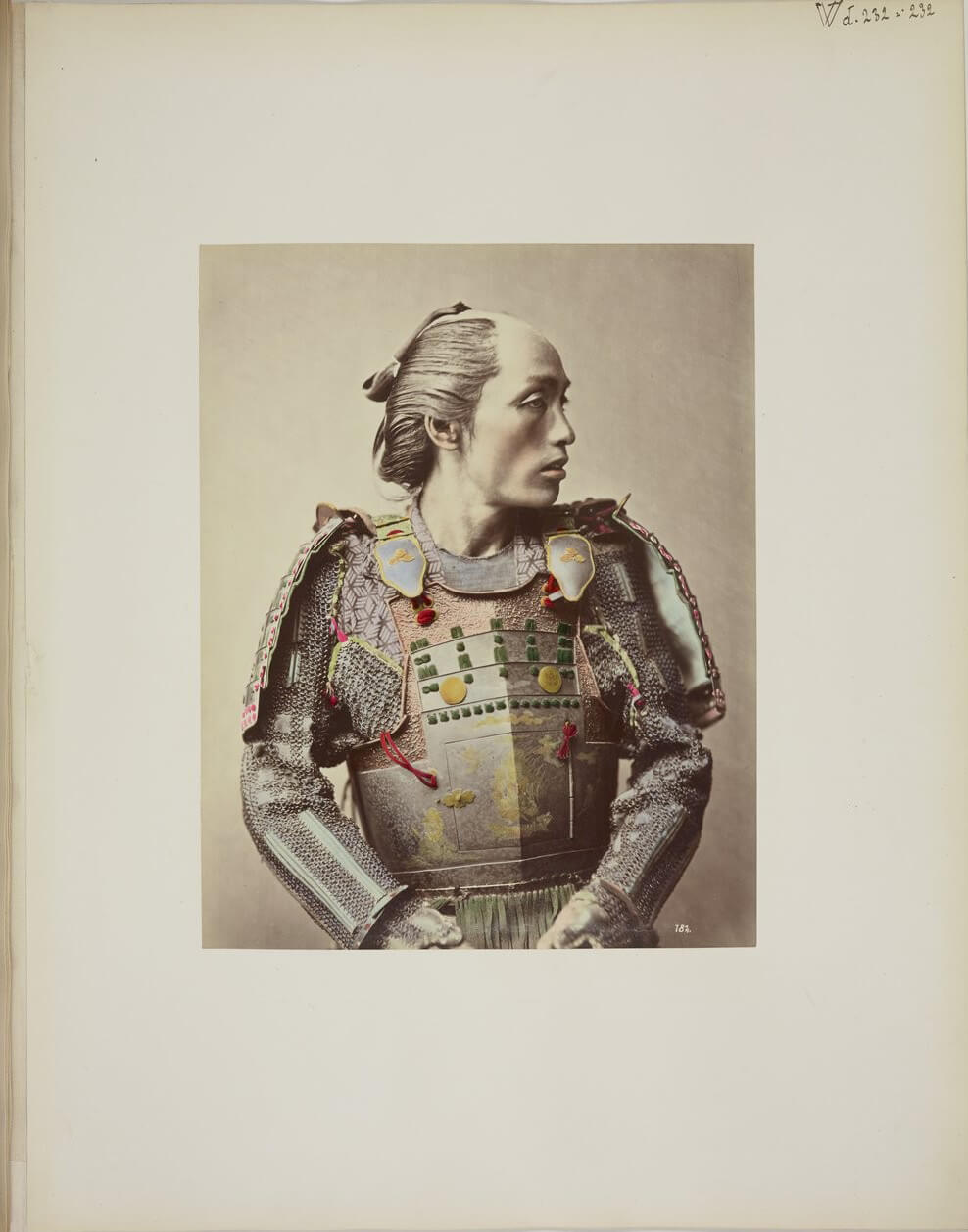
© Felice Beato
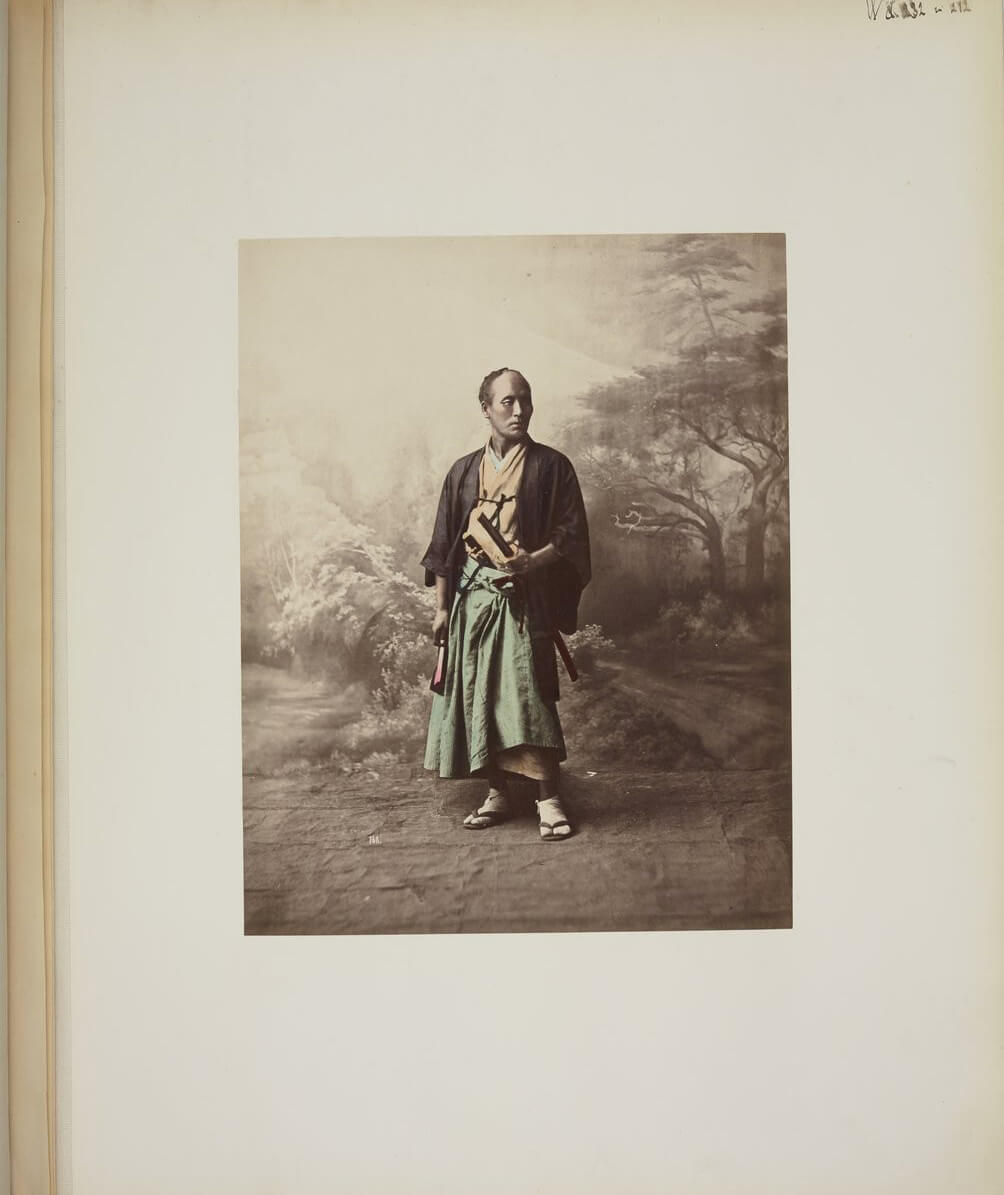
© Felice Beato
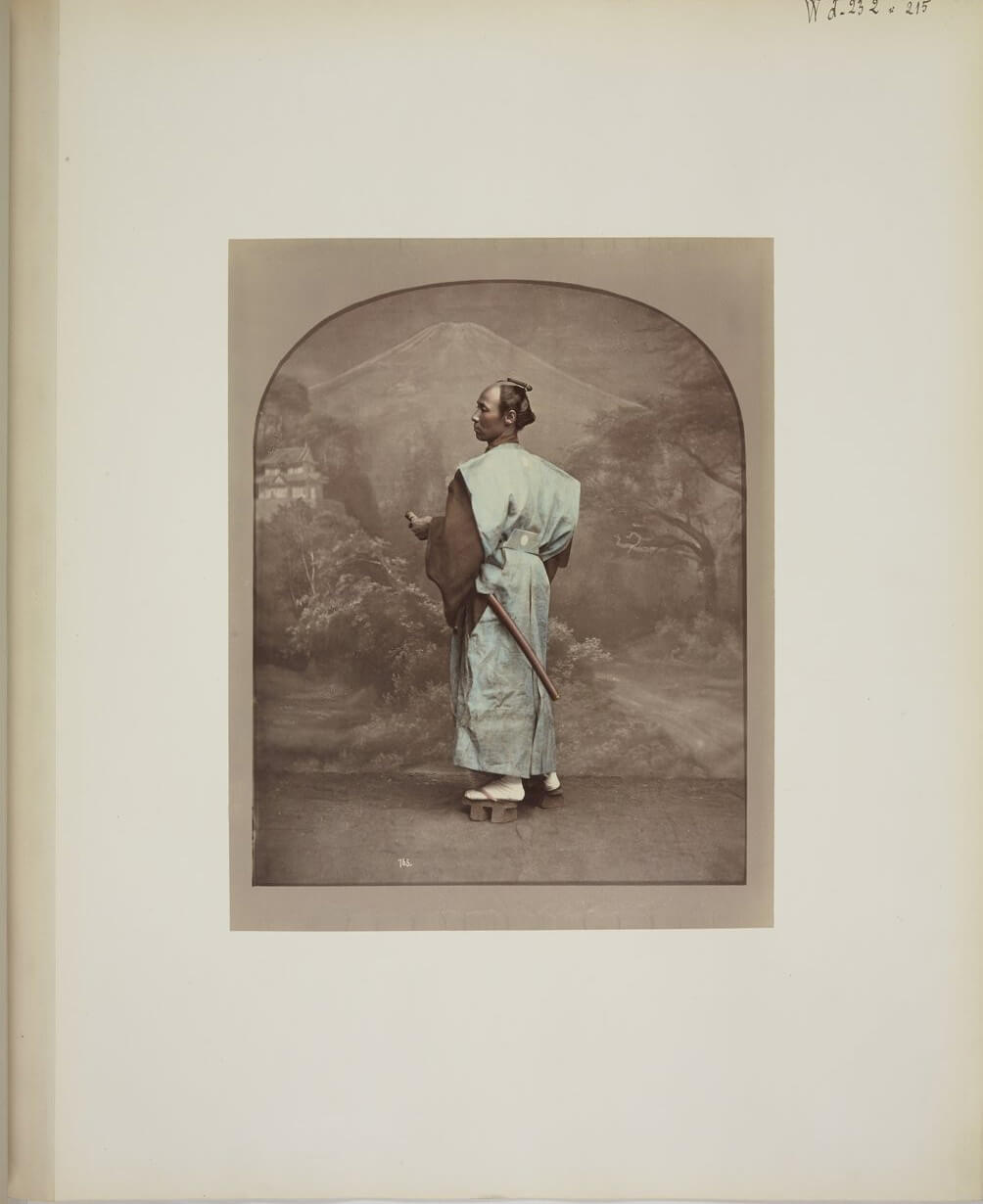
© Felice Beato
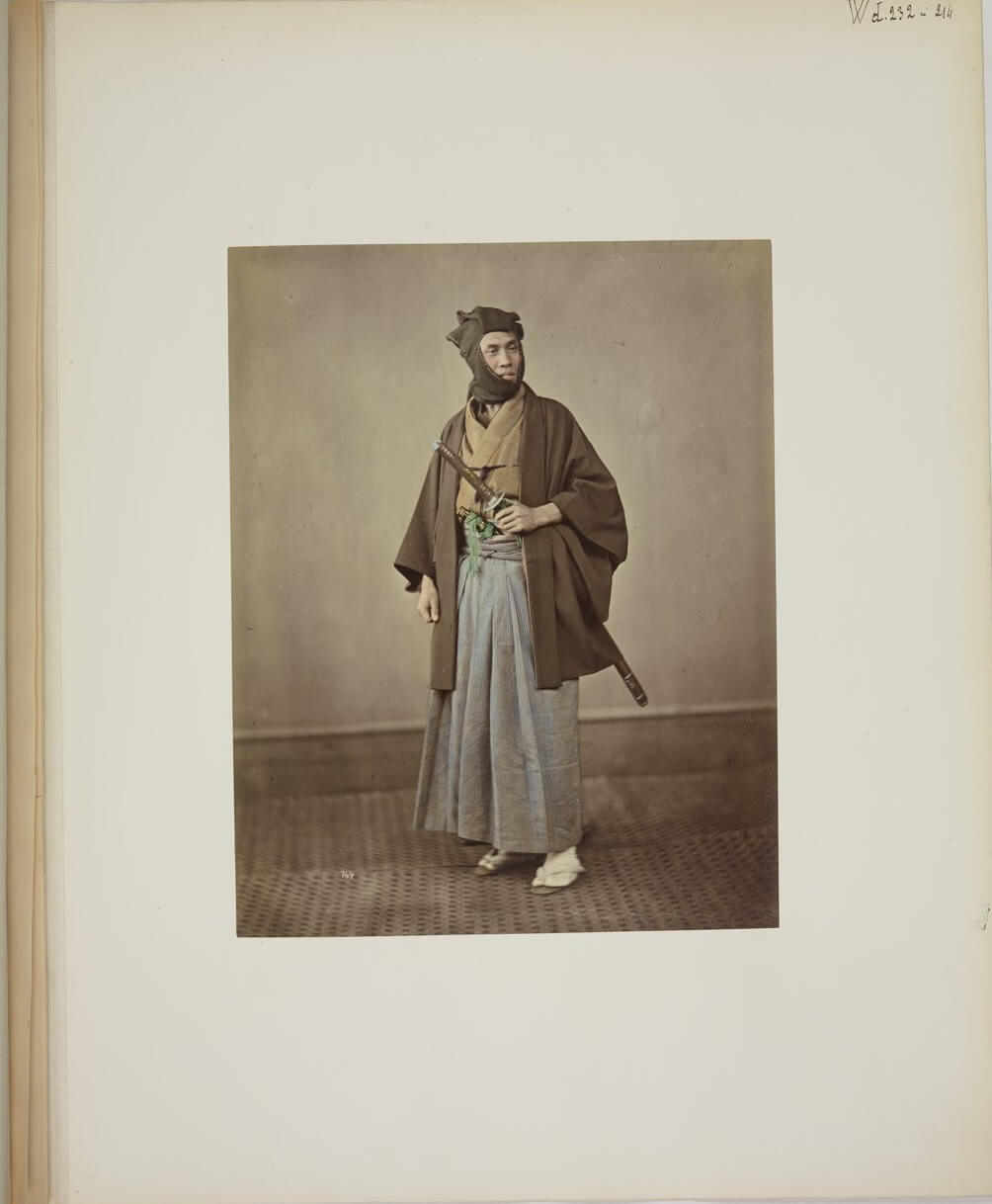
© Felice Beato
TRENDING
-
A House from the Taisho Era Reveals Its Secrets
While visiting an abandoned building, Hamish Campbell discovered photographs the owner had taken of the place in the 1920s.

-
The Taboo-Breaking Erotica of Toshio Saeki
The master of the 1970s Japanese avant-garde reimagined his most iconic artworks for a limited box set with silkscreen artist Fumie Taniyama.

-
With Meisa Fujishiro, Tokyo's Nudes Stand Tall
In the series 'Sketches of Tokyo', the photographer revisits the genre by bringing it face to face with the capital's architecture.

-
Masahisa Fukase's Family Portraits
In his series ‘Family’, the photographer compiles surprising photos in which he questions death, the inescapable.

-
Hajime Sorayama's Futuristic Eroticism
The illustrator is the pioneer for a form of hyperrealism that combines sensuality and technology and depicts sexualised robots.





